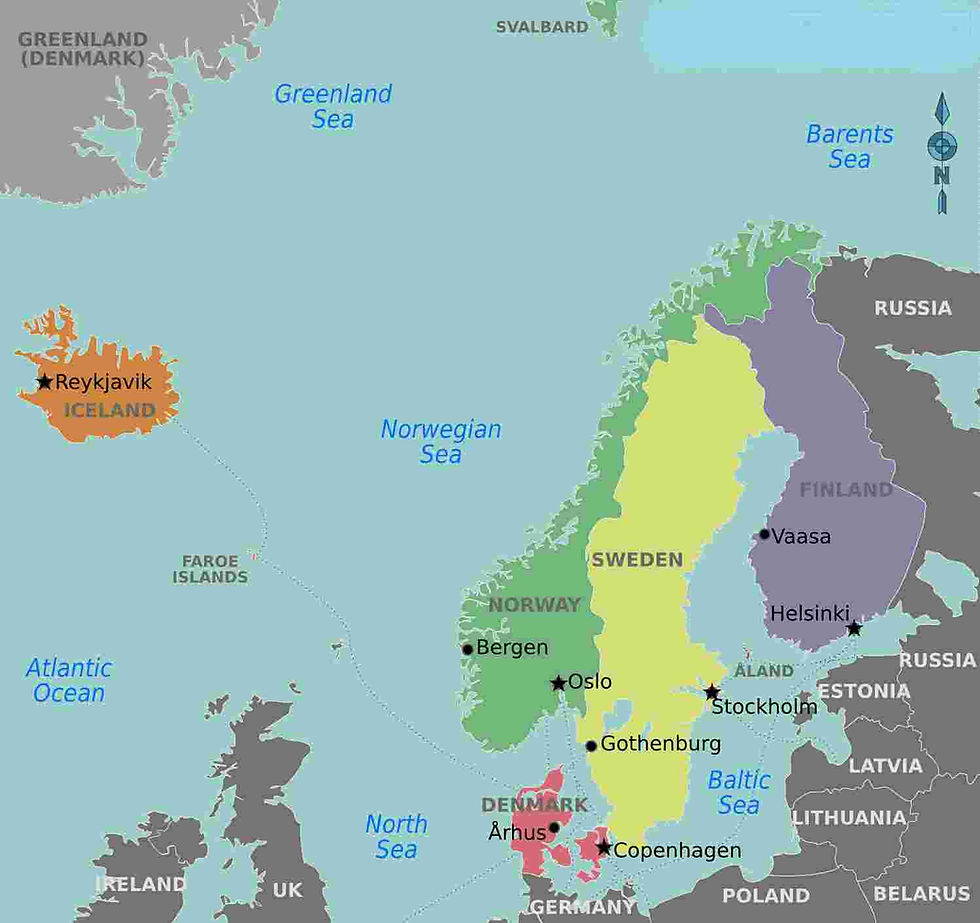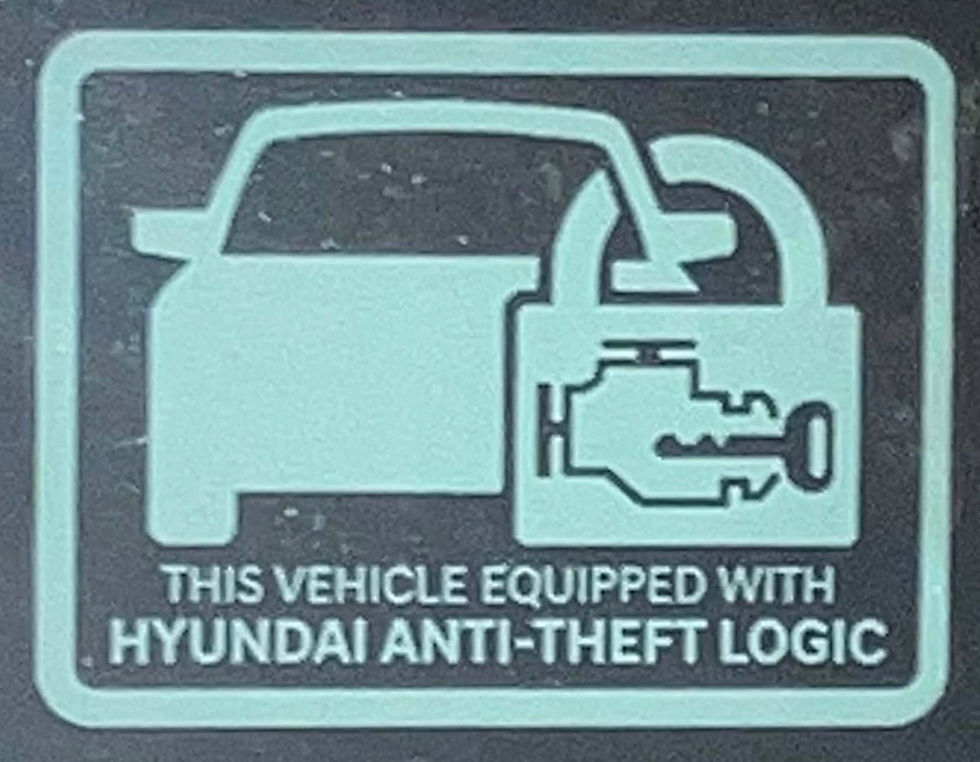Helsinki etc.
- The After Action Report

- Sep 24
- 3 min read
Some Finnish paraphernalia that didn't make the cut for Helsinki - elokuu 2025.
The Region
Finland is not part of Scandinavia, which is a subregion of northern Europe, with strong historical, cultural, and linguistic ties between its peoples. Scandinavia most commonly refers to Denmark, Norway, and Sweden (though sometimes Iceland and the Faroe Islands are included).
Finland is part of the Nordic region, which is a geographical and cultural region in Northern Europe, as well as the Arctic and North Atlantic oceans. It includes the sovereign states of Denmark, Finland, Iceland, Norway and Sweden; the Danish autonomous territories of the Faroe Islands and Greenland; and the Finnish autonomous region of Åland.
The Danish, Swedish and Norwegian languages are very much related and mutually intelligible, while Finnish and Icelandic are "a whole 'nother" meatball.¹ Though unlike it's regional partners, Finland has two official languages: Finnish and Swedish.
To make things that much more confusing the Scandinavian Peninsula comprises the mainland of Sweden, Norway and the northwestern area of Finland.

The Electrical Adapter
Electrical adapters can be a tricky subject and you are going to need one. So instead of explaining all the details, just know that I used a Type C (which is the simplest and most flexible) via the Miami Carry On International Travel Adapter with Two USB Ports and everything worked out just fine.
The Sidewalk
Commuters in Europe love their bicycles, and people in the Nordic region really love them. So when walking in Copenhagen, Stockholm, or Helsinki, if you find yourself alone, walking alone on a well maintained and very smooth sidewalk with the sun on your face, be very troubled. For you are walking on a bike path and if you don't immediately exit you'll be stuck by a bicycle and be dead.
It reminded me of a opening scene from that greatest of all gladiator movies . . . Gladiator, when Maximus Decimus Meridius (Russel Crowe) addressed his men before a Gothic battle by declaring, "Hold the line! Stay with me! If you find yourself alone, riding in the green fields with the sun on your face, do not be troubled. For you are in Elysium, and you're already dead!"
The Currency
Finland uses the Euro, of which it was a plankowner, adopting it on 1 January 1999.
During my week in Helsinki, I never exchanged currency and only used my Capital One Venture X credit card . . . and my boyish good looks.
Contactless payment is more widespread than in the U.S., to include boarding busses and trams, so make sure your credit card has that weird little symbol on it.
From my personal experience it was a little more affordable than Stockholm which was a little more affordable than Copenhagen.
The Statue
The Three Smiths Statue is located in the meta-physical center of Helsinki, up the street from the train station and reminds me the classic communist sculpture I'd previously seen in Budapest, Bulgaria and Bratislava: a modern version of classic Greek figures, in this case hammering on an anvil.
The Language
The U.S. Foreign Service Institute Language Difficulty Ranking, is a scale from I to V on how difficult it is to learn a specific language as an English speaker. Finnish is category IV (44 weeks), which from the little I could understand of it sounds quite hopeful.
Then again it listed Danish and Swedish as category I (23-24 weeks), the same as Spanish and easier than German (category II, 30 weeks) which after trying to grasp the slightest connection of both to English makes no sense to me.
For example, in every country I visit, in the local language I try to say "The bill, please," to each server after our meal is completed, except when due to cost I require Mrs. AAR to pay:
Written Pronounced Comments
Danish: "regningen, tak" "ren·n^& ·$# tak" The first part was so unpronounceable, I gave up.
Swedish: "notan, tak" "no·tahn tak" Not that difficult, and met with a fair amount of smiles and success.
Finnish "Lasku, kiitos" "lass·koo keet·ōs" Almost as easy as Swedish, and met with some smiles and success.
Note: My intercultural transactional success rate might have been helped by physically making a large "check mark" with my dominant hand on the open palm of my other hand.
Endnotes: I wanted to provide some very specific details that, while vaguely interesting, did not contribute to the overall narrative. Perhaps just wait until the end to enjoy.
¹ Faroese and Icelandic, its closest extant relative, are not easily mutually intelligible in speech, but the written languages resemble each other quite closely.






Comments